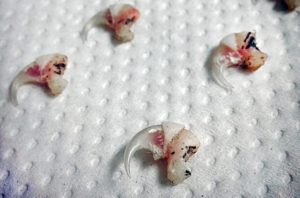 Here I am with my cat Tigger’s litter of kittens. I watched them being born. I didn’t realize when I was young how vitally important it is to spay/neuter your companion animals. I certainly do now!
Here I am with my cat Tigger’s litter of kittens. I watched them being born. I didn’t realize when I was young how vitally important it is to spay/neuter your companion animals. I certainly do now!
Every time someone buys their new best friend from a breeder or pet store, or allows their companion animal to have a litter, other dogs, cats, puppies, and kittens are killed in animal shelters. As I’ve described for you before, I have seen with my own eyes doggies (and cats, too) lined up, their little legs quaking, and forced into the “kill room,” where they are held down as they struggle to get free and given a lethal injection. Their poor, pitiful bodies, sometimes still alive, are then thrown into a freezer. When the corpses pile up, garbage trucks come and take them to a processing plant where they are fed into an enormous grinder to be ground into pet food or sold as fish food in Pacific Rim markets.
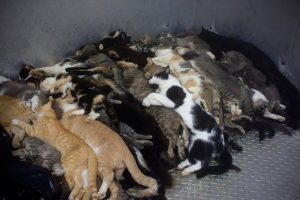 If everyone who wants to share his or her home with a dog or cat would adopt from an animal shelter or rescue organization, we wouldn’t be killing upwards of five million healthy, happy dogs, cats, puppies, and kittens in US shelters every year. Most animal shelters in the US are merely death camps for companion animals. Animals in shelters are waiting desperately to be taken home by someone who will give them love and affection. Did you realize that chickens, pigs, hamsters, and all kinds of animals – each one hoping for a safe and loving home – can be adopted from your local shelter?
If everyone who wants to share his or her home with a dog or cat would adopt from an animal shelter or rescue organization, we wouldn’t be killing upwards of five million healthy, happy dogs, cats, puppies, and kittens in US shelters every year. Most animal shelters in the US are merely death camps for companion animals. Animals in shelters are waiting desperately to be taken home by someone who will give them love and affection. Did you realize that chickens, pigs, hamsters, and all kinds of animals – each one hoping for a safe and loving home – can be adopted from your local shelter?
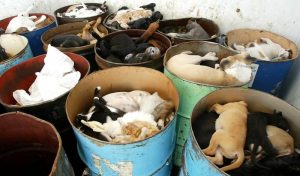 A friend of mine wrote a story about her experience with adopting cats from a shelter. I’d like to share her story with you now.
A friend of mine wrote a story about her experience with adopting cats from a shelter. I’d like to share her story with you now.
Shawna wrote:
“Why should you adopt your cat or any other animal companion from an animal shelter? Because regardless of the type of animal companion you are ready and willing to take care of for the rest of his or her life, you’ll be able to find him or her at an animal shelter in your area.
“I decided that I was ready to adopt an animal companion while I was living in a Chicago studio apartment. I had just graduated from college, and at the time, I knew that I had the space and resources to open my home to two cats.
“Once I decided that I could provide a pair of cats with their forever home, I diligently researched each animal shelter in my area until I found one that I wanted to adopt from, and just in case I needed to make an appointment, I called ahead.
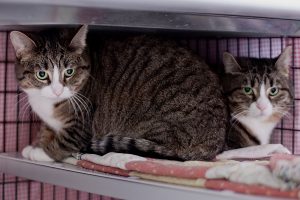 “Turns out that most animal shelters are so eager to find happy homes for their animals that appointments aren’t necessary. I arrived at the animal shelter on a busy Saturday and was shocked by the number of kittens who needed homes. It was early summer, and many of the cats were only a few weeks old. They had been abandoned at the animal shelter by people who hadn’t bothered to spay or neuter their own feline companions, and after the cats became pregnant, their human guardians were unable to take care of the babies or find homes for them.
“Turns out that most animal shelters are so eager to find happy homes for their animals that appointments aren’t necessary. I arrived at the animal shelter on a busy Saturday and was shocked by the number of kittens who needed homes. It was early summer, and many of the cats were only a few weeks old. They had been abandoned at the animal shelter by people who hadn’t bothered to spay or neuter their own feline companions, and after the cats became pregnant, their human guardians were unable to take care of the babies or find homes for them.
“After telling an employee of the animal shelter that I was looking to adopt two cats, she walked me over to a cage where two black kittens were nestled against each other. One of the cats was male, and the other was female. The male had been the biggest cat in his litter, and long after the rest of his brothers and sisters were adopted, he’d been left behind.
“The female was a recent arrival to the animal shelter; she had been found in an alley behind someone’s home. Initially I thought that I was going to be bringing home two adult cats who were already set in their ways – I wanted to know right off the bat what I was getting myself into! But after spending a bit of time with the young pair at the animal shelter, I knew that I was taking them both home with me.
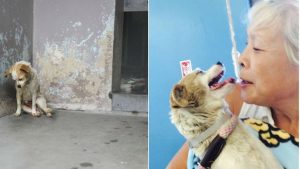 “Over the past six years, the female, Twila, has grown into a mischievous cat who gets into everything. She jumps onto shelf tops and walks around glass figurines as if she’s a tightrope walker. She climbs into open draws just to see what’s inside them. The male, Bulldozer, prefers to curl up in bed next to me as I read. But he can be feisty, too. If he thinks that it’s time for you to pet him and you ignore his coy advances, he isn’t shy about using his teeth to nip lightly and let you know that he’s craving attention.”
“Over the past six years, the female, Twila, has grown into a mischievous cat who gets into everything. She jumps onto shelf tops and walks around glass figurines as if she’s a tightrope walker. She climbs into open draws just to see what’s inside them. The male, Bulldozer, prefers to curl up in bed next to me as I read. But he can be feisty, too. If he thinks that it’s time for you to pet him and you ignore his coy advances, he isn’t shy about using his teeth to nip lightly and let you know that he’s craving attention.”
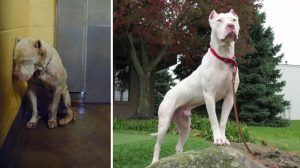 I hope that you’ll remember that it doesn’t matter if you are longing for a loving pair of animals, a gentle friend who has been waiting in a cage, or a pair of kittens you are ready to grow old with, the best place to find a loving, caring companion year-round is your local animal shelter.
I hope that you’ll remember that it doesn’t matter if you are longing for a loving pair of animals, a gentle friend who has been waiting in a cage, or a pair of kittens you are ready to grow old with, the best place to find a loving, caring companion year-round is your local animal shelter.
Peace for ALL the animals with whom we share the planet!
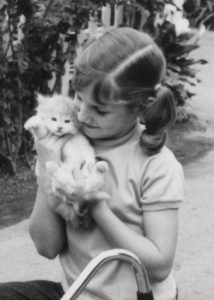 Hooray for New York, which this week became the first state to pass legislation banning the declawing of cats. California, New Jersey, and Massachusetts are considering similar bans. Declawing is already banned in some cities, including Los Angeles, San Francisco, and Denver.
Hooray for New York, which this week became the first state to pass legislation banning the declawing of cats. California, New Jersey, and Massachusetts are considering similar bans. Declawing is already banned in some cities, including Los Angeles, San Francisco, and Denver. your fingernails. It is the amputation of the last bone, including the nail bed and claw, on each front toe. It is the same as cutting off each of your fingers at the first knuckle. Declawing is serious surgery and puts a cat at risk of adverse reactions to anesthesia, gangrene, hemorrhaging, permanent nerve damage, persistent pain, difficulty walking, scar tissue formation, bone fragments, and skin disorders. After surgery, the nails may grow back inside the paw, causing pain but remaining invisible to observers. Declawing results in a gradual weakening of leg, shoulder, and back muscles, and because of impaired balance caused by the procedure, declawed cats must relearn to walk, much as a person would after losing his or her toes.
your fingernails. It is the amputation of the last bone, including the nail bed and claw, on each front toe. It is the same as cutting off each of your fingers at the first knuckle. Declawing is serious surgery and puts a cat at risk of adverse reactions to anesthesia, gangrene, hemorrhaging, permanent nerve damage, persistent pain, difficulty walking, scar tissue formation, bone fragments, and skin disorders. After surgery, the nails may grow back inside the paw, causing pain but remaining invisible to observers. Declawing results in a gradual weakening of leg, shoulder, and back muscles, and because of impaired balance caused by the procedure, declawed cats must relearn to walk, much as a person would after losing his or her toes.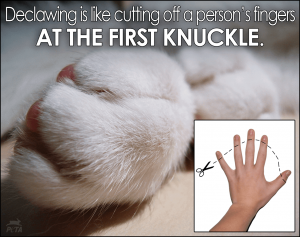 Without claws, even house-trained cats may urinate outside the litter box. Declawed cats may be morose, reclusive, and withdrawn or irritable, aggressive, and unpredictable. Many people think that declawed cats are safer around babies, but in fact, the lack of claws, a cat’s first line of defense, makes many cats feel so insecure that they tend to nip more often as a means of self-protection. Declawed cats often develop behavioral problems that eventually lead to their being dumped at animal shelters and killed.
Without claws, even house-trained cats may urinate outside the litter box. Declawed cats may be morose, reclusive, and withdrawn or irritable, aggressive, and unpredictable. Many people think that declawed cats are safer around babies, but in fact, the lack of claws, a cat’s first line of defense, makes many cats feel so insecure that they tend to nip more often as a means of self-protection. Declawed cats often develop behavioral problems that eventually lead to their being dumped at animal shelters and killed.
